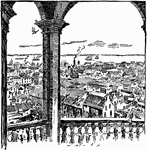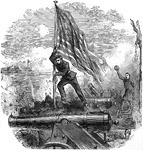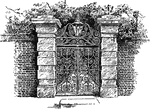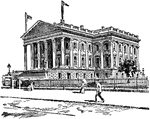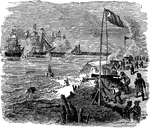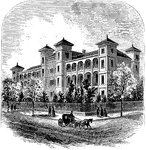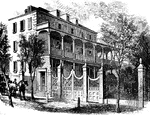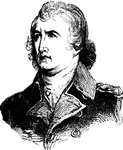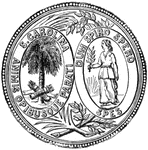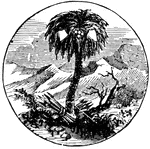Clipart tagged: ‘South Carolina’

Major Anderson's Headquarters
The headquarters of Major Robert Anderson at Fort Sumter, South Carolina during the American Civil War.

John C. Calhoun's Grave
John C. Calhoun (March 18, 1782 - March 31, 1850) was a leading Southern politician and political philosopher…
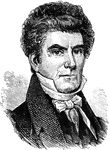
John C. Calhoun
John C. Calhoun, a senator from South Carolina who instigated the doctrine of nullification in his state.
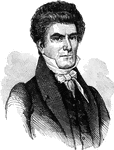
John Caldwell Calhoun
John Caldwell Calhoun (March 18, 1782 – March 31, 1850) was a leading United States Southern politician…

Magnolia Cemetery
An illustration of Magnolia Cemetery located in Charleston, South Carolina. Approximately 35,000 people…

Cliff overlooking Tugaloo River
An illustration of a cliff over looking the Tugaloo river. The Tugaloo River is a short river bordering…
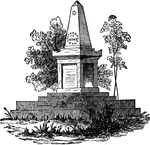
Baron de Kalb's Monument
Monument to Johann von Robaii, Baron de Kalb a German soldier and volunteer who served as a major general…
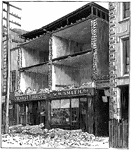
Results of the Earthquake in Charleston S.C., Aug. 31, 1886
On August 31, 1886, Charleston was nearly destroyed by an earthquake measuring 7.5 on the Richter scale…

Fort Sumter
The fort is best known as the site where the shots initiating the American Civil War were fired, at…
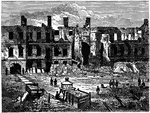
Inside the Walls of Fort Sumter
The fort is best known as the site where the shots initiating the American Civil War were fired, at…

Fort Sumter in 1864
The fort is best known as the site where the shots initiating the American Civil War were fired, at…

Galveston
"Shelling of the batteries at Galveston by the United States war steamer South Carolina, on…
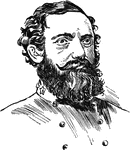
Wade Hampton III
Wade Hampton III (March 28, 1818 - April 11, 1902) was a Confederate cavalry leader during the American…
Hilton Head
"Expedition to Port Royal- Government buildings erected on Hilton Head, S. C., by the Federal forces…

Hilton Head
"Expedition to Port Royal- Government buildings erected on Hilton Head, S. C., by the Federal forces…

James Island
"Repulse of the Confederates at James Island, near Charleston, S. C., June 10th, 1862, in the attempt…
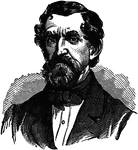
David F. Jamison
David F. Jamison (1810-1864) was one of the founders of the Citadel and was elected president of the…

Sergeant Jasper
An American soldier who recovered the South Carolina flag and temporarily restored it during a battle…
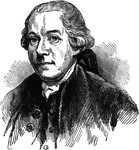
Henry Laurens
Henry Laurens (March 6, 1724 – December 8, 1792) was an American merchant and rice planter from…

Branch of Magnolia Acuminata Cordata
The branch of a Magnolia acuminata cordata, mostly found on the Blue Ridge in South Carolina.

Battery Park
An illustration of Battery Park is a landmark promenade in Charleston, South Carolina famous for it's…

Battery Park
An illustration of Battery Park is a landmark promenade in Charleston, South Carolina famous for it's…

Edward Rutledge
Edward Rutledge (November 23, 1749 – January 23, 1800), South Carolina statesman, was a signer of…

South Carolina
The United States seal of South Carolina with the ruins of Fort Sumter in the background.
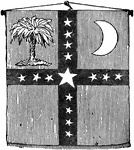
South Carolina Flag
On the day that South Carolina proclaimed sovereignty, a banner for the new state was adopted.

South Carolina Medal
A small medal was struck in commemoration of the great act of separation of South Carolina. They became…
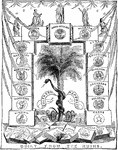
Southern Republic Built from the Ruins
A political cartoon of the Southern states being built from the ruins after the Civil War.

Swamp Angel
One of the most famous Parrott rifles is the Swamp Angel, an 8-inch (200 mm) gun used by federal Brigadier…



